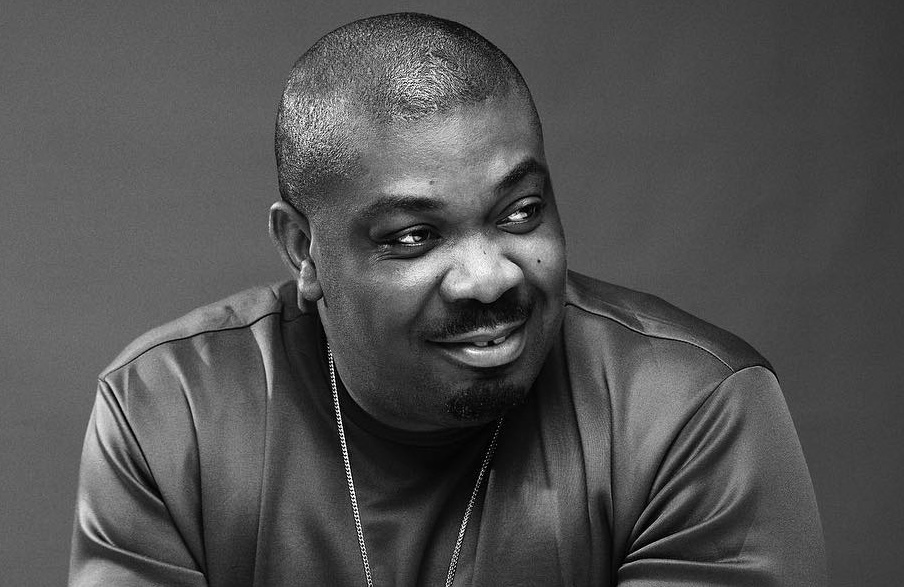
The role of the Chief Marketing Officer is in flux. And that’s exactly where it should be.
Businesses are evolving to meet the demands of AI, but most aren’t moving fast enough. RAND Corporation found that while nearly all companies are investing in AI, few are scaling it successfully. The biggest roadblock isn’t the technology. It’s that leadership isn’t transforming at the speed AI requires.
Nowhere is that more evident than in marketing. Over the past few years, I have seen marketers shift from serving as brand stewards to shaping customer journeys, influencing business models, and, increasingly, guiding enterprise-wide AI strategies. In an evolving climate, the traditional playbook is no longer fit for purpose.
While questioning the role of the CMO isn’t new, what we are seeing isn’t necessarily a decline. It’s a transition. I see the rise of a new model that blends creative thinking with business strategy, and brand stewardship with data and tech fluency. For those of us in the role, the challenge is reimagining our impact.
Subscribe to the Daily newsletter.Fast Company’s trending stories delivered to you every day
Privacy Policy
|
Fast Company Newsletters
FROM CHIEF MARKETING OFFICER TO CHIEF VALUE OFFICER
The next leap isn’t just redefining what marketing does, but how it delivers value, from brand ownership to enterprise leadership.
I see the role of ‘Chief Value Officer’ (CVO) as a natural progression from the modern CMO, one that delivers measurable value to customers, employees, companies, partners, and the overall market. CVOs don’t operate in silos. They lead across strategy, product, customer experience, and innovation. Growth is no longer the output of one department. It’s co-created across the enterprise, with marketing at the center of collaboration.
The best CMOs today are transformation architects. They apply a challenger mindset, mixing agility with ambition and the willingness to question norms. They lead by asking thought-provoking questions and moving beyond legacy processes.
To evolve into a CVO, you must have the courage to question what others won’t and have the ambition to create impact that outweighs your resources by ten times. Stop optimizing for what you have always done. Start building cross-functional influence and value beyond your own department.
BEYOND THE CO-PILOT: BUILDING A DIGITAL WORKFORCE
AI is more than a co-pilot. Many leaders use it as a cross-functional assistant to support research, accelerate content creation, or power automation. That’s a strong start, but it limits the true potential of AI.
To unlock real value, we are flipping the model. On my team, we shifted the conversation from “How can humans work with AI?” to “What can AI do on its own?”
That shift is leading to a complete restructuring of how we work. We’ve hosted internal workshops to reimagine operations around intelligent agents. Our process has four steps:
Map the workflow: Break down each team’s operations into granular subtasks.
Identify agent opportunities: Determine where agents can take ownership independently or collaboratively.
Rebuild for AI: Redesign processes for agent-human collaboration from the ground up.
Build or buy: Decide whether to build agents in-house or integrate third-party tools.
As CMOs or CVOs, this is where we become pivotal. We must lead our teams through this reinvention of our ways of working. Not by automating tasks for speed alone—but by focusing on what humans are freed to do. Because as marketing moves from art to science, we’re elevating the human.
So, reimagine the roles in your marketing and communications organization around where humans bring the most value: strategy, storytelling, creativity, and relationships. Then use AI to do more than assist. Let it own repeatable work so your people can focus on high-value work and impact.
advertisement
THE NEW HYBRID TEAM MODEL
Hybrid teams—humans and AI agents working together—are not a distant vision. They are the next chapter in how high-performing marketing teams operate.
This model demands more than technical understanding. It calls for judgment, adaptability, and the ability to navigate complexity with confidence. Because the more digital we become, the more human we need to be. And leading with an AI-first approach will result in a human-centric approach.
Roles will be redefined. In PR, the job will evolve from content creator to editor and relationship builder. In analytics, from dashboard producer to insight translator. In social, from enabler to storyteller.
In this future, curiosity, plasticity, and courage become non-negotiable skills. While AI isn’t built to surprise, we are.
Look across your organization and ask: Where do I need editors instead of writers? Storytellers instead of schedulers? Translators instead of trackers?
SO, DO COMPANIES STILL NEED A CMO?
That depends. What kind of growth are you trying to drive?
The companies moving fastest are those where the CMO sits at the center of transformation. To serve as a connector between brand and revenue, data and product, humans and AI.
Not every CMO will make this leap. Some will stay stuck in campaign mode, but that won’t be enough.
To stay relevant, CMOs need to lead with decisiveness and the mindset of a transformation architect. That means continuously learning, unlearning, and relearning.
Stop asking if the CMO is dead. Start asking if your CMO is leading transformation. If not, that’s the real risk.
The future of marketing won’t belong to those clinging to old playbooks. It will belong to those bold enough to write new ones—and lead organizations to operate with more imagination, resilience, and speed than ever before.



